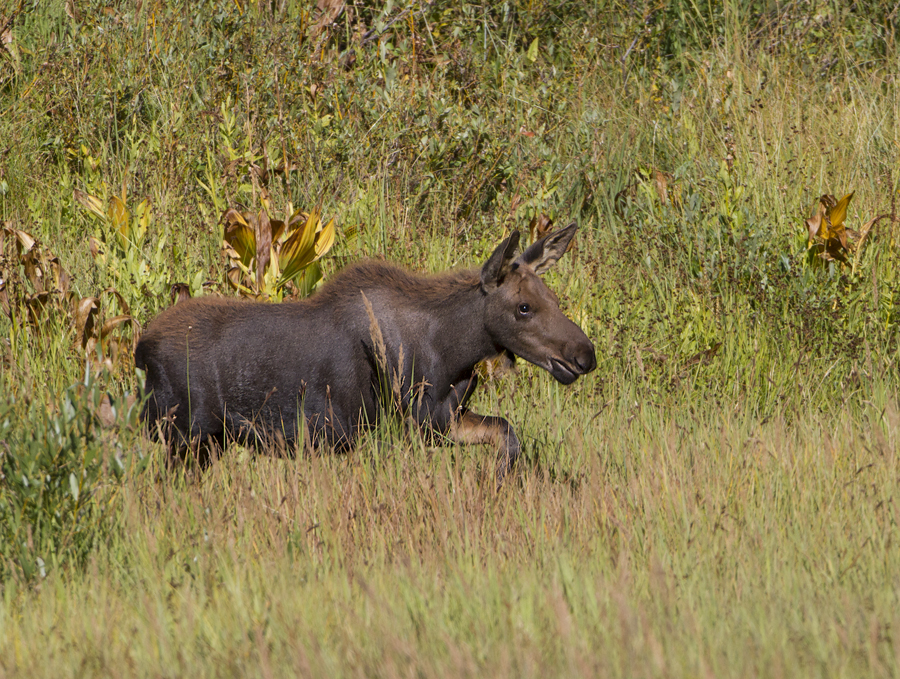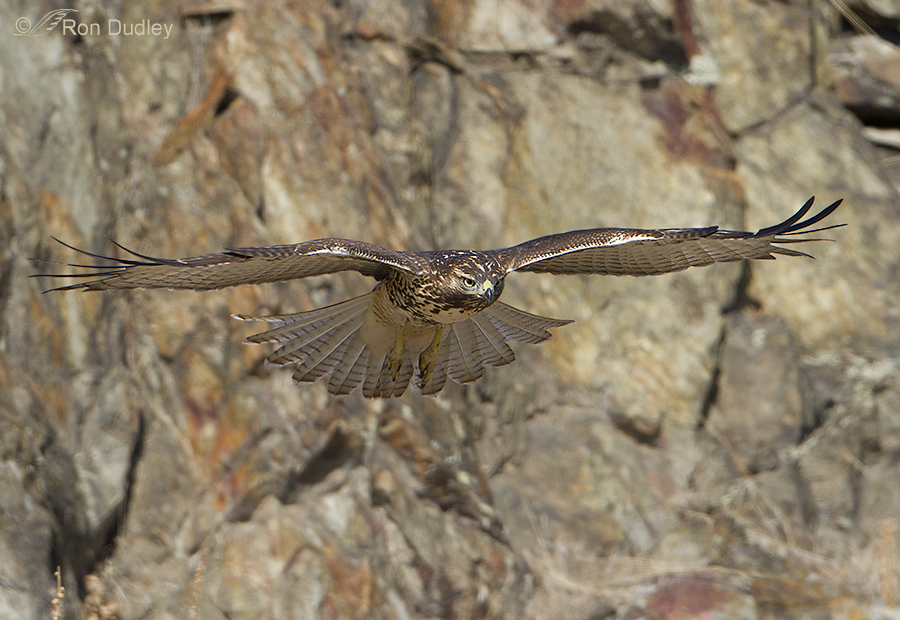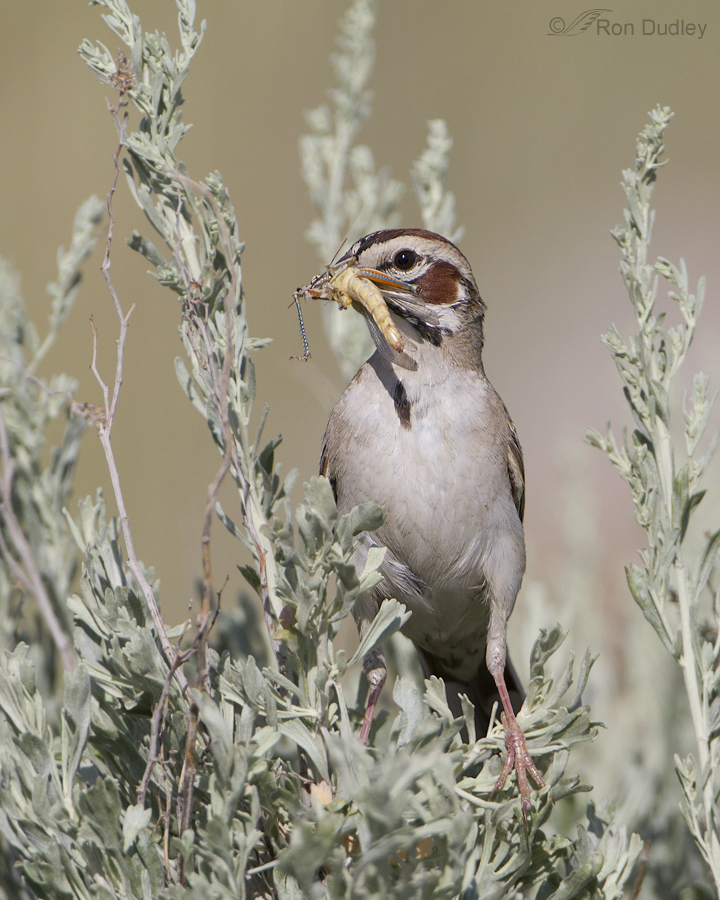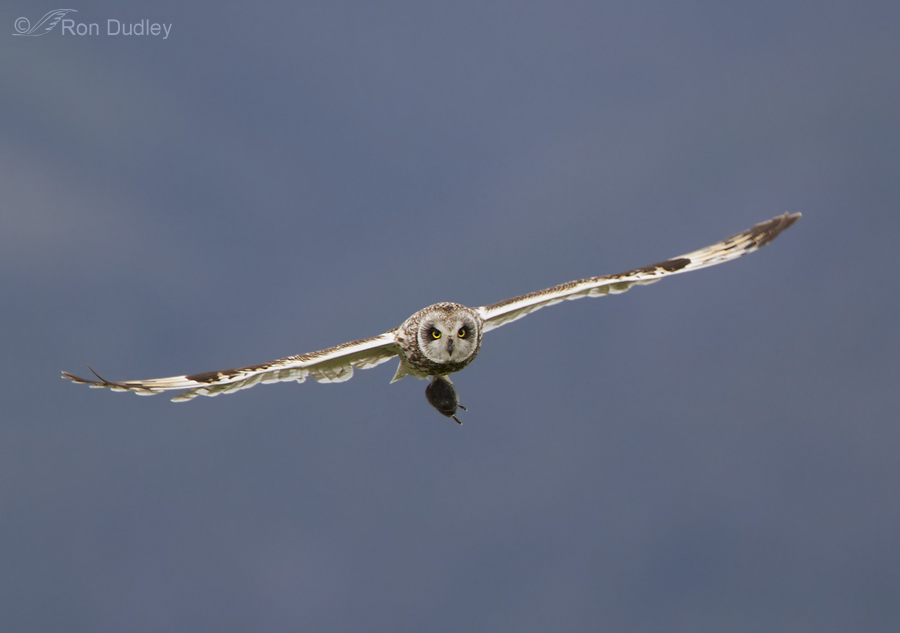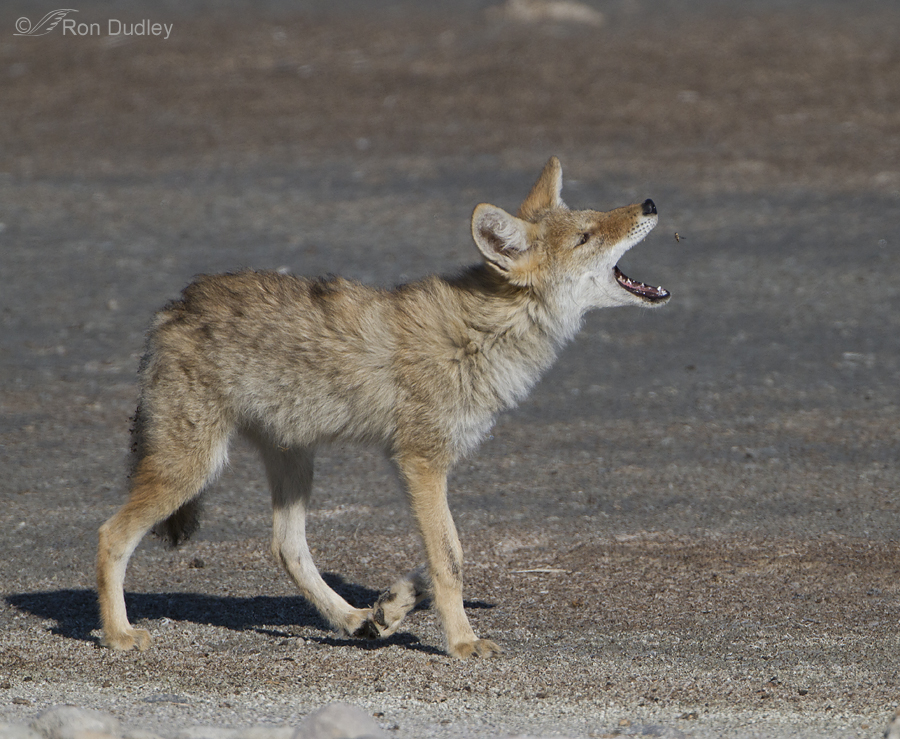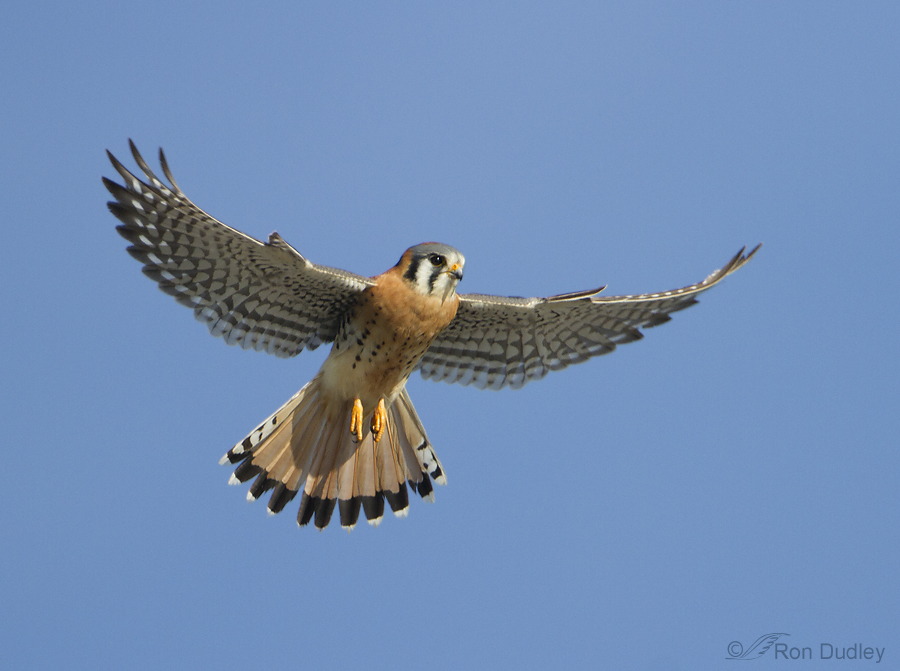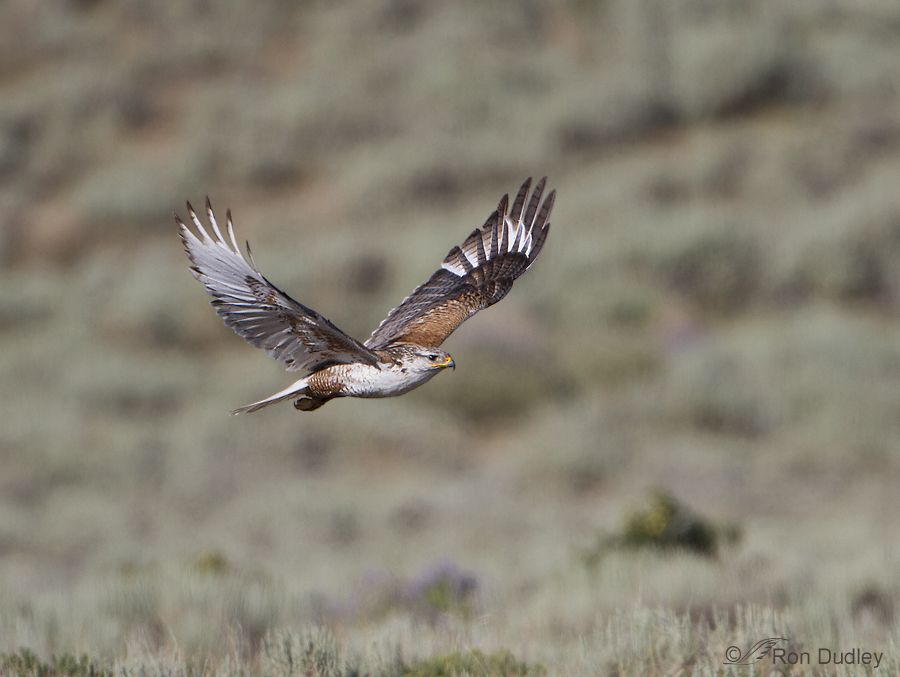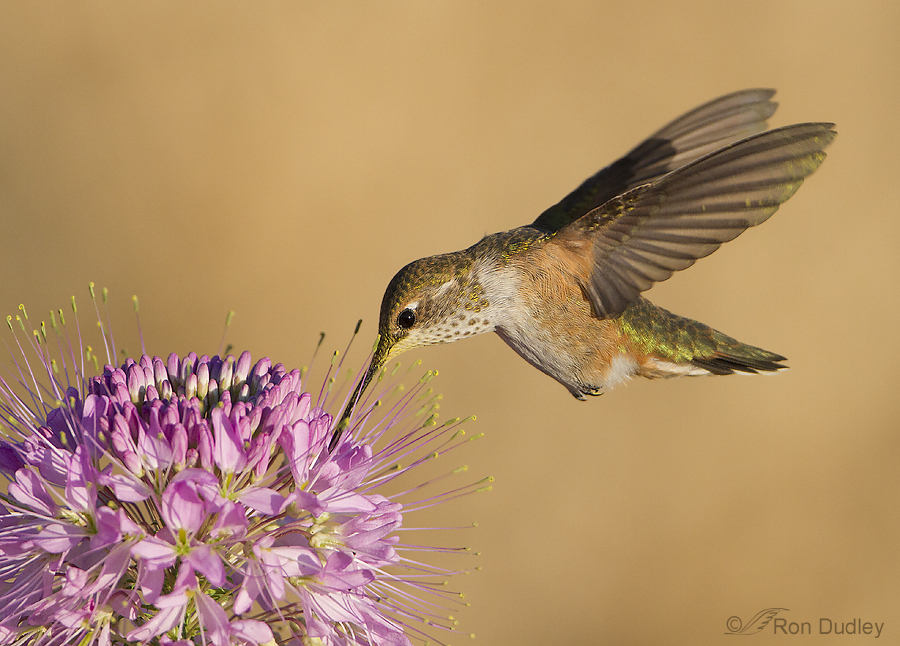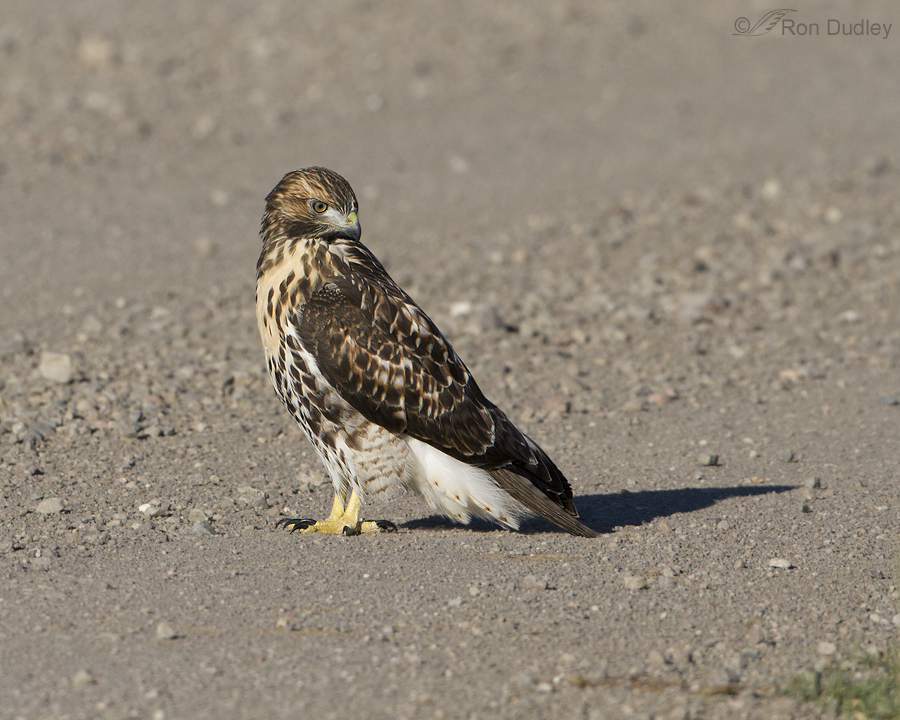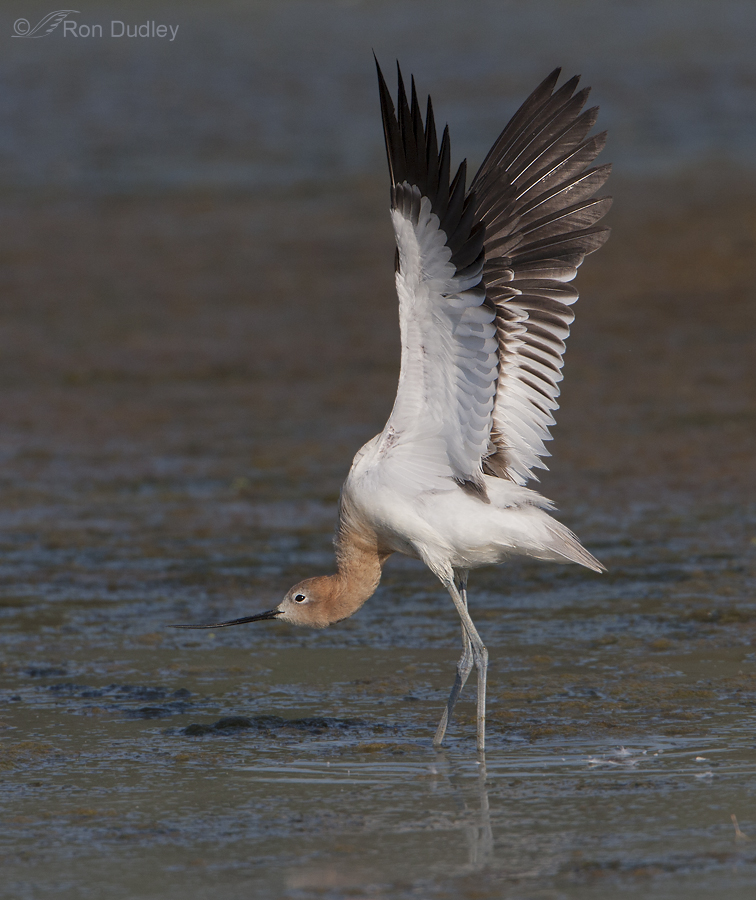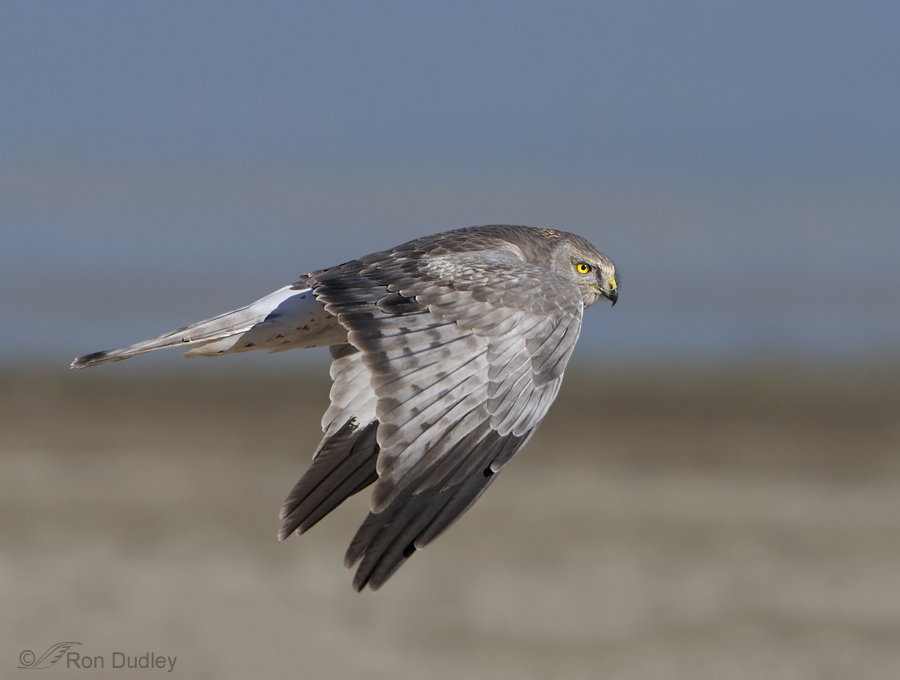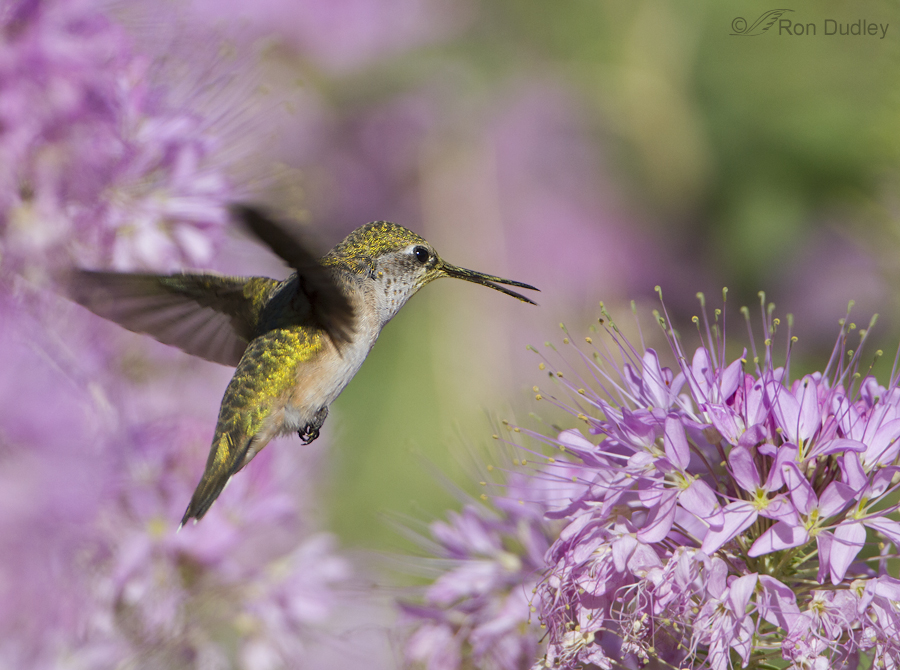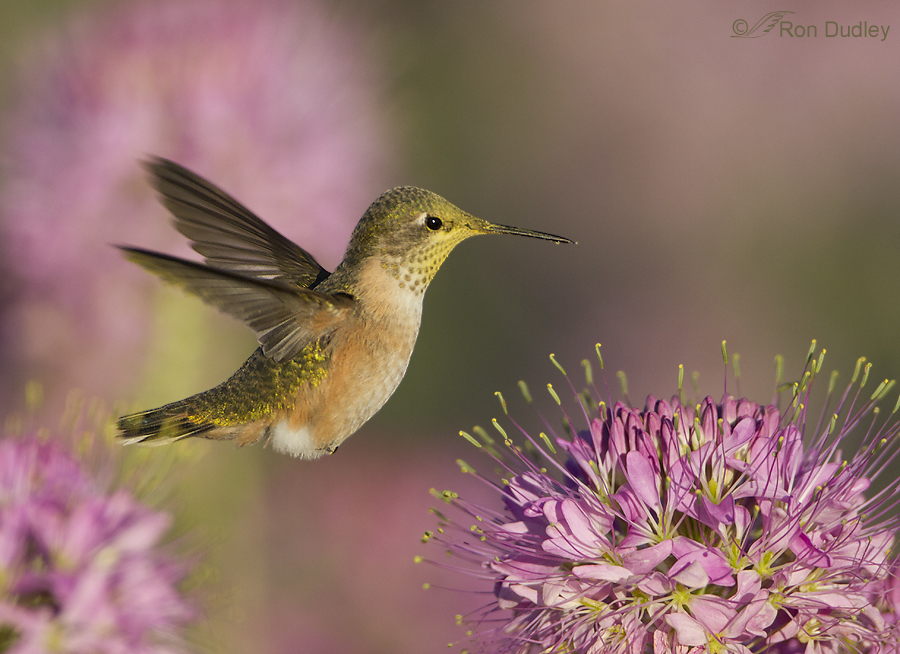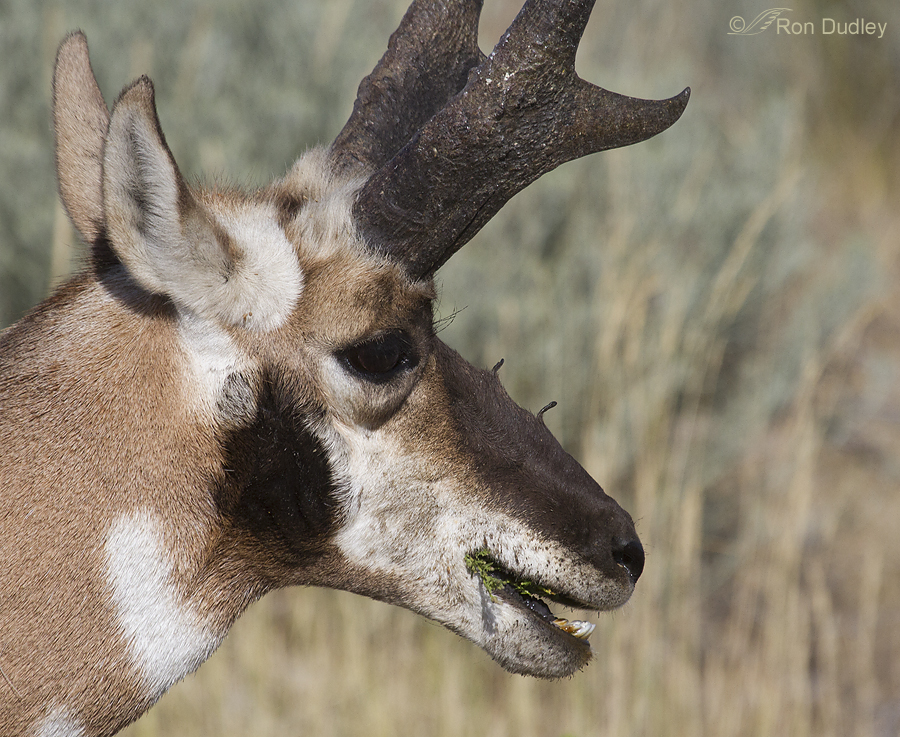Cliff Swallow In Flight
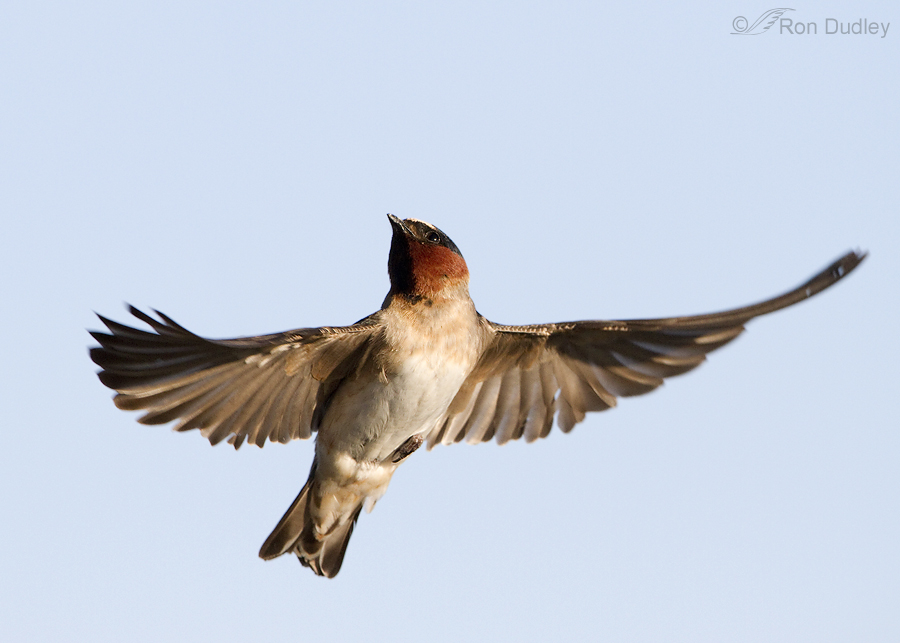
For years I tried to photograph swallows in flight, usually without much strategy – just shooting them wherever I might find them. That typically meant while they were freely flying overhead or buzzing the surface of a pond or stream as they picked off insects and it always meant failure on my part. They’re just too fast, too small and too maneuverable for my autofocus and reflexes.
Then one day I decided to change strategies…


